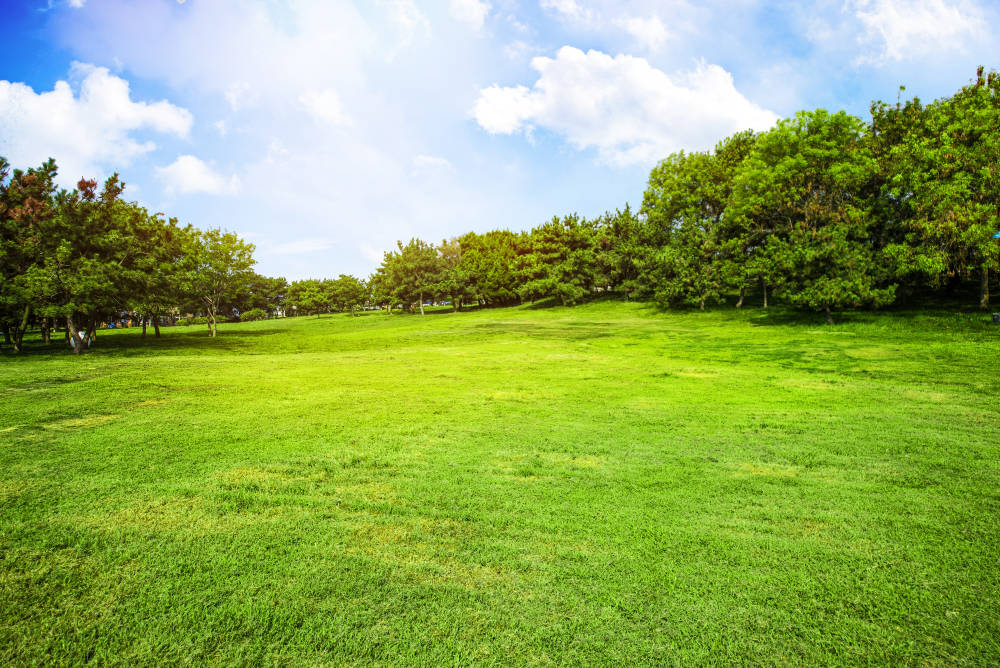Everyone loves the look of a lush, green lawn. However, as drought conditions become increasingly prevalent throughout the world, traditional grass lawns are no longer the most practical landscaping choice.
Keeping a typical grass lawn alive in drought conditions is time-consuming and wastes precious resources. However, there is no need to despair. Plenty of grass species and other plants can create lovely yards without excessive water.
Exploring the best drought-tolerant grass options available will allow you to design a beautiful lawn that can grow in harmony with current and future environmental conditions.
Clover
Many yard owners opt to use clover as a drought-friendly grass alternative. Clover provides the same bright green appearance as lawn grass without needing as much water.
For instance, the dutch white clover seed is an affordable clover seed variety that produces vibrant leaves and cute white flowers. Dutch white clover doesn’t need much watering as long as the soil is moist and cool.
While clover isn’t the prime option for desert conditions, it does wonderfully in temperate conditions with minimal rainfall.
Ornamental grass
If your region doesn’t get enough water to grow full grass coverage, you may want to set up a rock garden with ornamental grass accents. Ornamental grass is a subcategory of grasses that are tall and feathery and do well in dry environments.
Examples of ornamental grass include pampas grass, switchgrass, and maiden grass. For an artful desert aesthetic, you can disperse ornamental grass throughout a rock garden. For the best results, choose an ornamental grass native to your region.
Tall fescue
Of course, regions with a desert climate aren’t the only places that experience drought conditions. Tall fescue is a great drought-tolerant grass option for people who live in colder temperatures.
Tall fescue has the ideal features for surviving a dry climate, such as thin leaves and a deep root system. This grass variety is hardy and can survive not only drought but regular foot traffic as well, making it an appealing option for people who frequently use their yards for outdoor games or social gatherings.
Creeping thyme
Creeping thyme creates a similar visual effect as clover, but it produces multicolored flowers and has an herbal aroma. Although creeping thyme is usually more expensive than dutch white clover, some yard owners prefer it.
You may want to choose creeping thyme as your drought-friendly grass alternative if you have a passion for pollinator gardens. Pollinators love creeping thyme, and you can help preserve your local ecosystem’s pollinator population by planting it.
Wildflowers
You can also forgo the grass lawn altogether and plant a wildflower garden instead. A wildflower garden consists of native flowers that thrive in dry conditions. Wildflower gardens can survive droughts and attract essential pollinators.
Furthermore, a well-designed wildflower garden is a low-maintenance landscaping plan that adds gorgeous color to your property. It is sure to earn compliments from your neighbors.
Final thoughts
There is no need to give up on having attractive landscaping if you live in an area with frequent droughts. Maintaining a yard under drought conditions is challenging, but it can spark your creativity and lead to an original and stunning lawn design.










